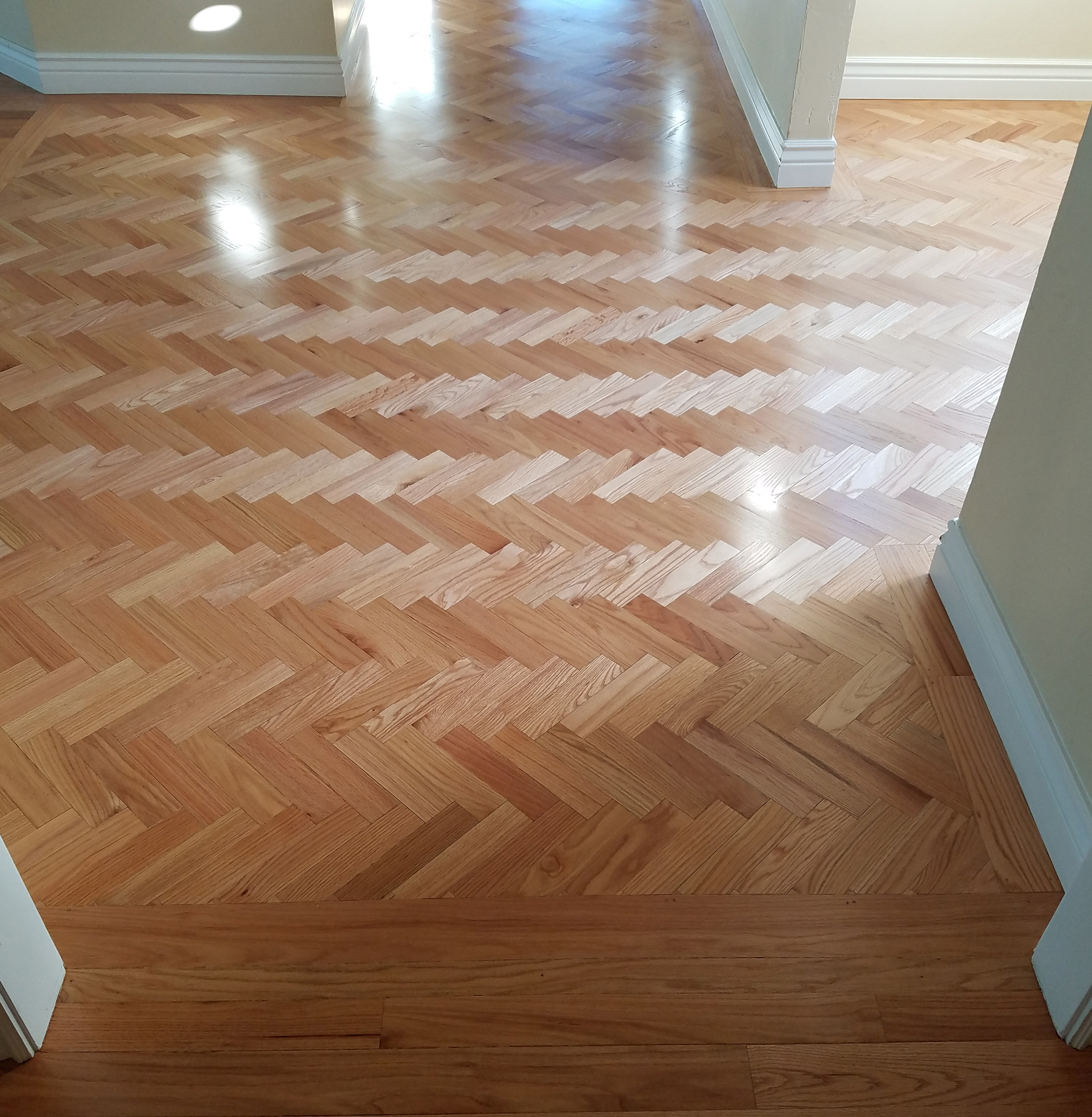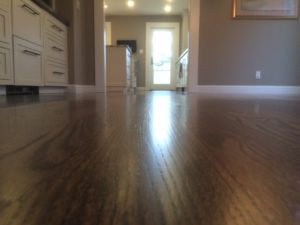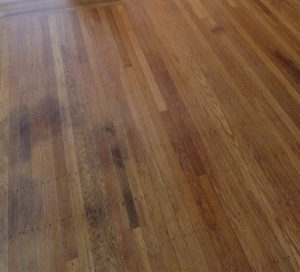 Many of us have dogs or cats as part of our family, and as such we let them inside the house on the hardwood floors. Dogs and cats will walk, run and play on the wood floors and much like us humans will cause some damages over the years. Normal use of our wood floors will eventually cause loss of sheen, scratches, dents, stains and discoloration. Having pets in the house often causes early wear and tear and/or excessive scratches. This leads me to guide you through choosing and using your new wood floors.
Many of us have dogs or cats as part of our family, and as such we let them inside the house on the hardwood floors. Dogs and cats will walk, run and play on the wood floors and much like us humans will cause some damages over the years. Normal use of our wood floors will eventually cause loss of sheen, scratches, dents, stains and discoloration. Having pets in the house often causes early wear and tear and/or excessive scratches. This leads me to guide you through choosing and using your new wood floors.
The first thing you need to remember is that what you are wearing through is the finish on top of the wood floors, not the wood itself. When considering a new hardwood floors, remember that you don’t need the hardest wood in the world. Unless you drop hammers on the floor every day you don’t really need a floor like let’s say Ipe’ or Strand Woven Bamboo.
The second thing to remember is what the plan for the near future is; Are you going to sell the home? Are you staying there for a while and might need to be able to refinish the floors?
The third and last thing to ask yourself is what kind of pet do you have? Is it a small dog or a big heavy dog that will scratch the floor finish easily? Is it a puppy which urinates everywhere and will stain the wood?
Let’s discuss these issues and figure out which wood is best for you:
- If choosing a prefinished product buy a higher quality floor, usually the more you pay the better the finish. If you choose a site finished product make sure your contractor uses commercial finishes and not DIY cheap one component finishes. I recommend using a site finished product because of many reasons, the main one being – you can add one or two extra coats for more protection. That was easy, right?
- If you are selling the home in less than ten years then you’ll need to make sure your hardwood floor can be refinished or recoated before you sell it. Nobody wants to buy a home with a beat up wood floor that needs work or cannot be serviced. If you bought a prefinished floor that cannot be sanded because of a thin veneer or because of a Teflon like coating then you have a problem. If you chose a solid site finished product then you can easily repair and sand it, and most likely change the color/sheen.
- Important: no finish is impermeable – meaning if your dog urinates on the floor or a water spill stays on the floor it will eventually penetrate through the finish and stain the wood. The stain cannot be sanded off. The solution to this is preventing by training your pets, there is really nothing you can do with wood floors to protect them from liquid damage.
To summarize, choose a floor that is versatile in service and use. Don’t choose something too soft like Fir and you don’t have to use an exotic wood like Ipe’. There are many options for you out there like White Oak, Red Oak, Maple, Brazilian Cherry, European Oak and more. Do your research and make sure that in the end, you hire and consult a professional. In the next part I will discuss how to use and maintain your hardwood floors with pets in the home.




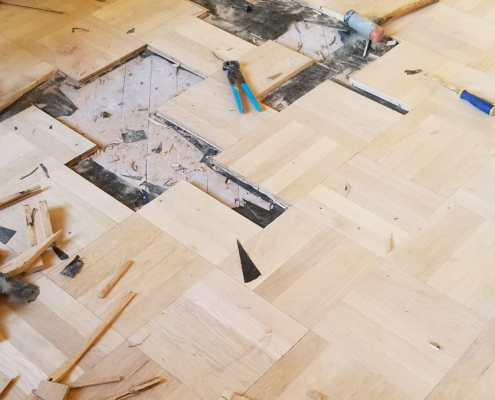
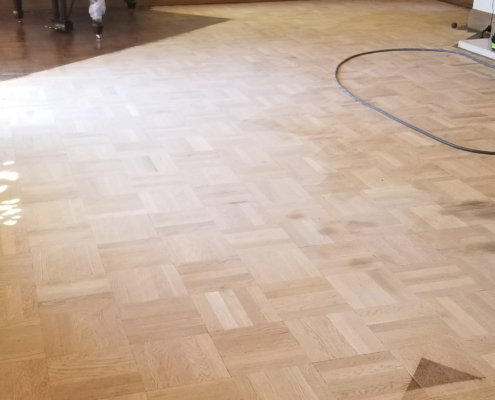
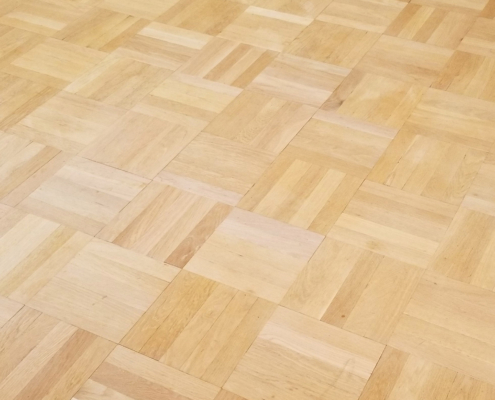
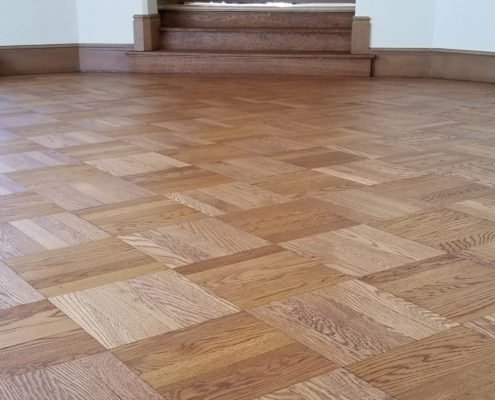
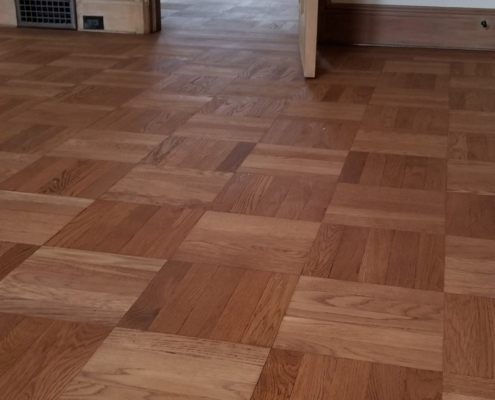
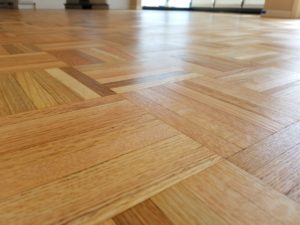 If you are a professional hardwood flooring contractor like me, installing wood floors becomes a second nature. From the preparation to the final product – it is a careful step by step process. Done right, it can yield a floor that can last more than a 100 years. It sounds so easy just reading about floor installation or watching a video on YouTube. So why are there so many problems in reality? Because installing a wood floor is not that easy. Every day home owners pay a good amount of money for so called professionals to install their floors, only to have a problem floor shortly after.
If you are a professional hardwood flooring contractor like me, installing wood floors becomes a second nature. From the preparation to the final product – it is a careful step by step process. Done right, it can yield a floor that can last more than a 100 years. It sounds so easy just reading about floor installation or watching a video on YouTube. So why are there so many problems in reality? Because installing a wood floor is not that easy. Every day home owners pay a good amount of money for so called professionals to install their floors, only to have a problem floor shortly after.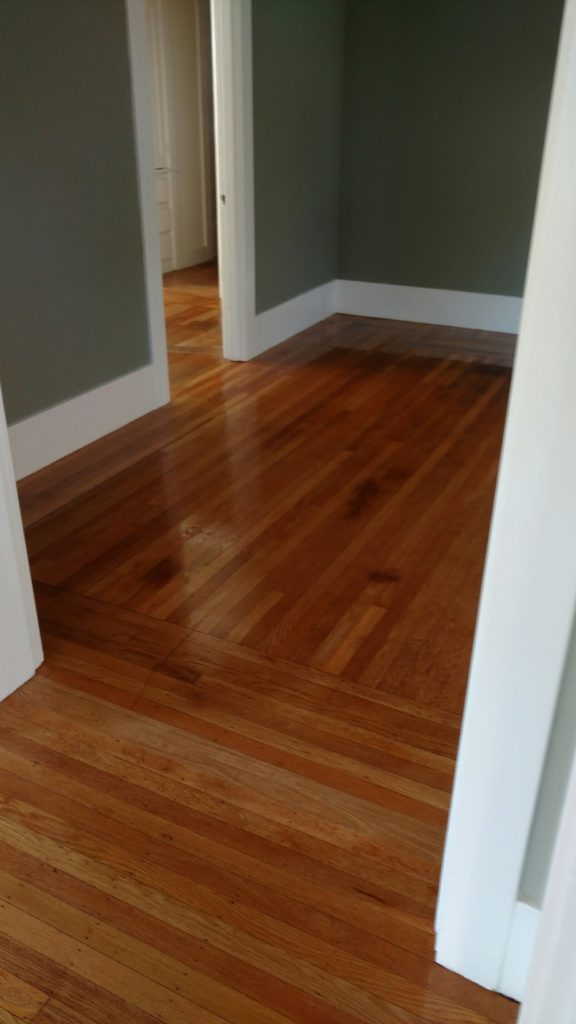 How to use and maintain your wood floors living with dogs and cats in the home.
How to use and maintain your wood floors living with dogs and cats in the home. Many of us have dogs or cats as part of our family, and as such we let them inside the house on the hardwood floors. Dogs and cats will walk, run and play on the wood floors and much like us humans will cause some damages over the years. Normal use of our wood floors will eventually cause loss of sheen, scratches, dents, stains and discoloration. Having pets in the house often causes early wear and tear and/or excessive scratches. This leads me to guide you through choosing and using your new wood floors.
Many of us have dogs or cats as part of our family, and as such we let them inside the house on the hardwood floors. Dogs and cats will walk, run and play on the wood floors and much like us humans will cause some damages over the years. Normal use of our wood floors will eventually cause loss of sheen, scratches, dents, stains and discoloration. Having pets in the house often causes early wear and tear and/or excessive scratches. This leads me to guide you through choosing and using your new wood floors.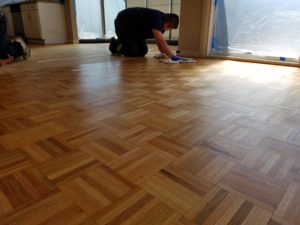 We recently refinished two oak parquet floors in the East Bay area. In both cases, the transformation was overwhelming to the home owners. Their floors were in such bad shape that they considered a floor replacement as an alternative to the refinish. A floor replacement would have cost four to five times more than a simple refinish. These days it seems as though the traditional oak look is not IN, and the weathered barn looking oak is trendier than clear urethane finishes. Rushing to tear out a solid oak floor, no matter how old it is can be costly, time consuming and doesn’t necessarily yield a much better result than preserving the floor.
We recently refinished two oak parquet floors in the East Bay area. In both cases, the transformation was overwhelming to the home owners. Their floors were in such bad shape that they considered a floor replacement as an alternative to the refinish. A floor replacement would have cost four to five times more than a simple refinish. These days it seems as though the traditional oak look is not IN, and the weathered barn looking oak is trendier than clear urethane finishes. Rushing to tear out a solid oak floor, no matter how old it is can be costly, time consuming and doesn’t necessarily yield a much better result than preserving the floor.